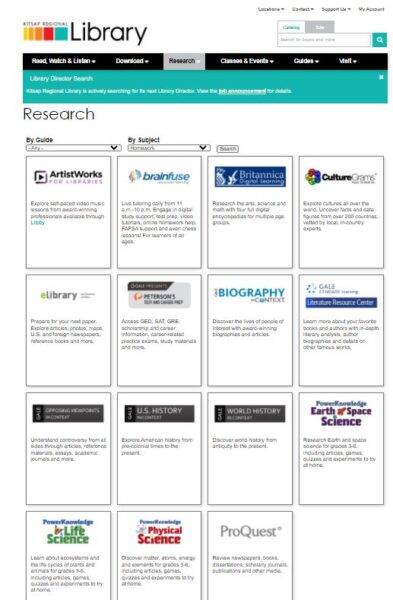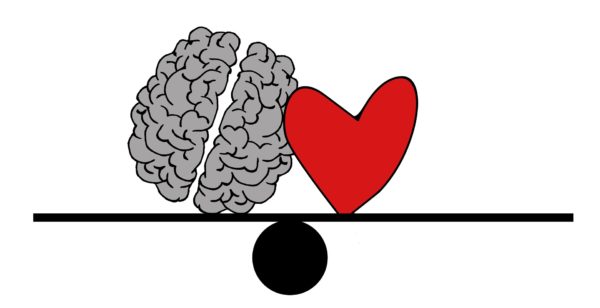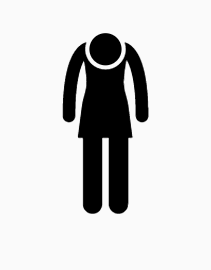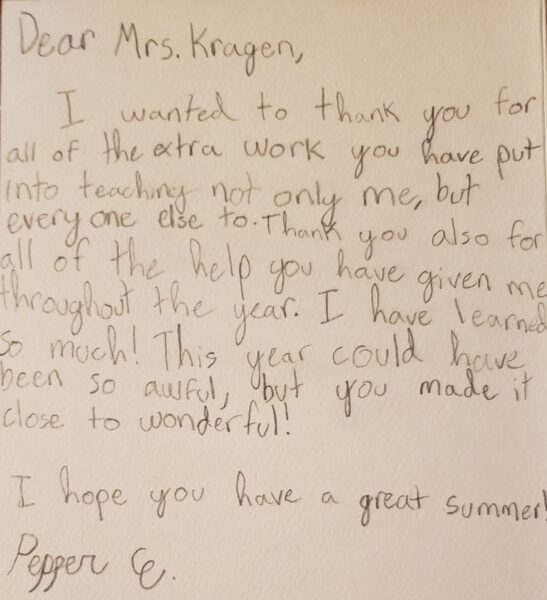At the beginning of this year, in the middle of a math lesson, one of my most advanced students, Caren, suddenly said, “I don’t get it.”
Another student immediately spoke up to offer help. “Let me show you how to do it!”
I stopped the second student, saying, “That’s ok. Let her struggle.”
Caren’s face went bright red. She wasn’t used to struggling at anything. But I let her sit in that discomfort. I let her struggle. Eventually she said, “Oh, I see what I did wrong.” She was able to explain how she made her mistake on the problem.
After school, in the parking lot, I talked with her father and told him what I had done. He laughed and said he agreed with my strategy.
On March 14 I showed my class a SlideShow of pie charts during math for Pi Day. They were all jokes. My class had a wonderful time laughing at all the visual puns.
Toward the end I put up the following slide.

One of my students, Edgar, said, “I don’t get it.”
Kids tried to explain, but I just said, “Look at the title.”
Edgar said, “There’s no red!”
I said, “Look at the title.”
He said, “There’s no red anywhere!”
I repeated, “Look at the title.”
Finally, he said, “The title, what? The title … I don’t get it … I don’t … oh. Now I understand.”











